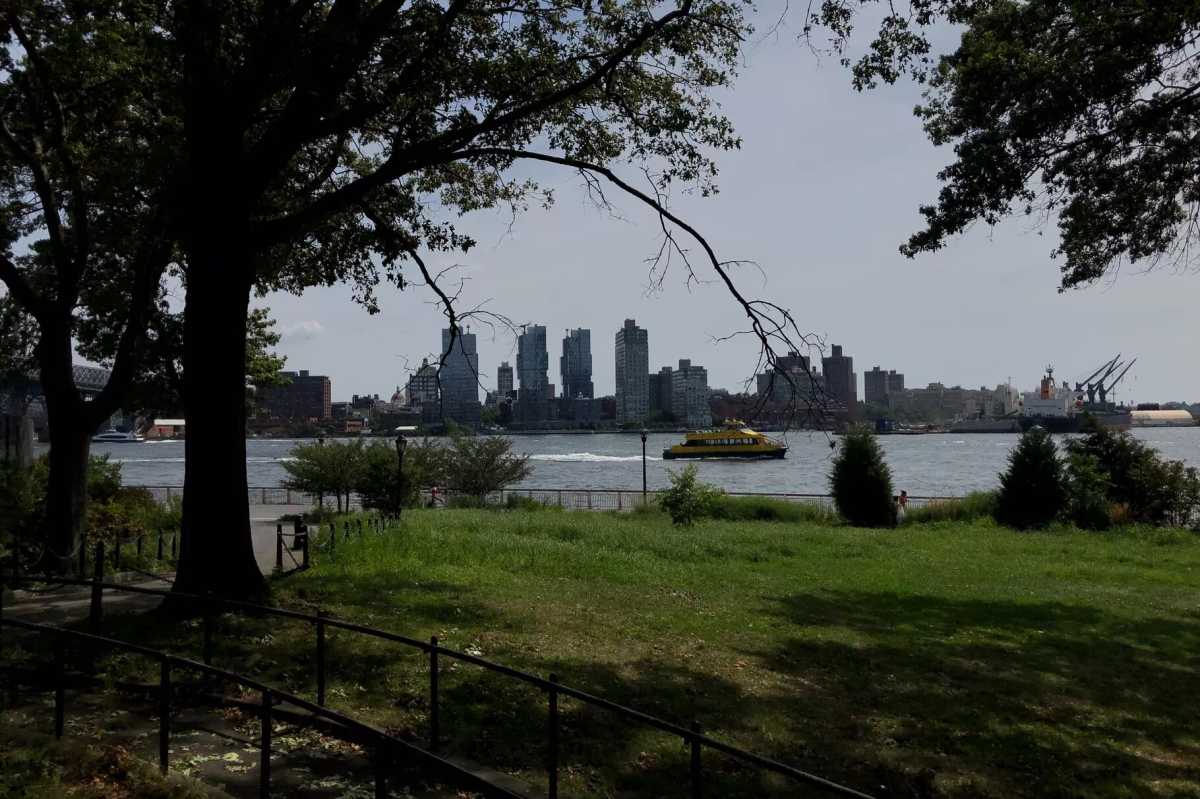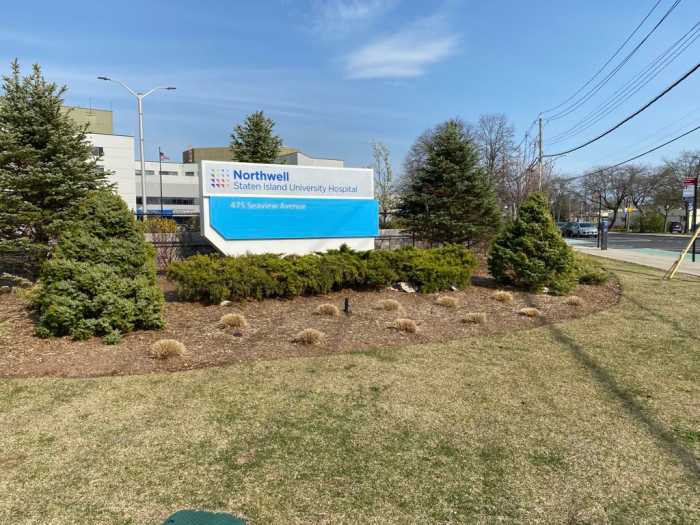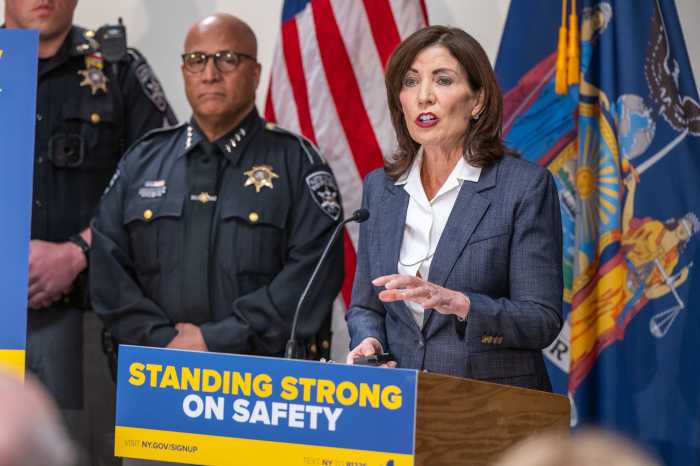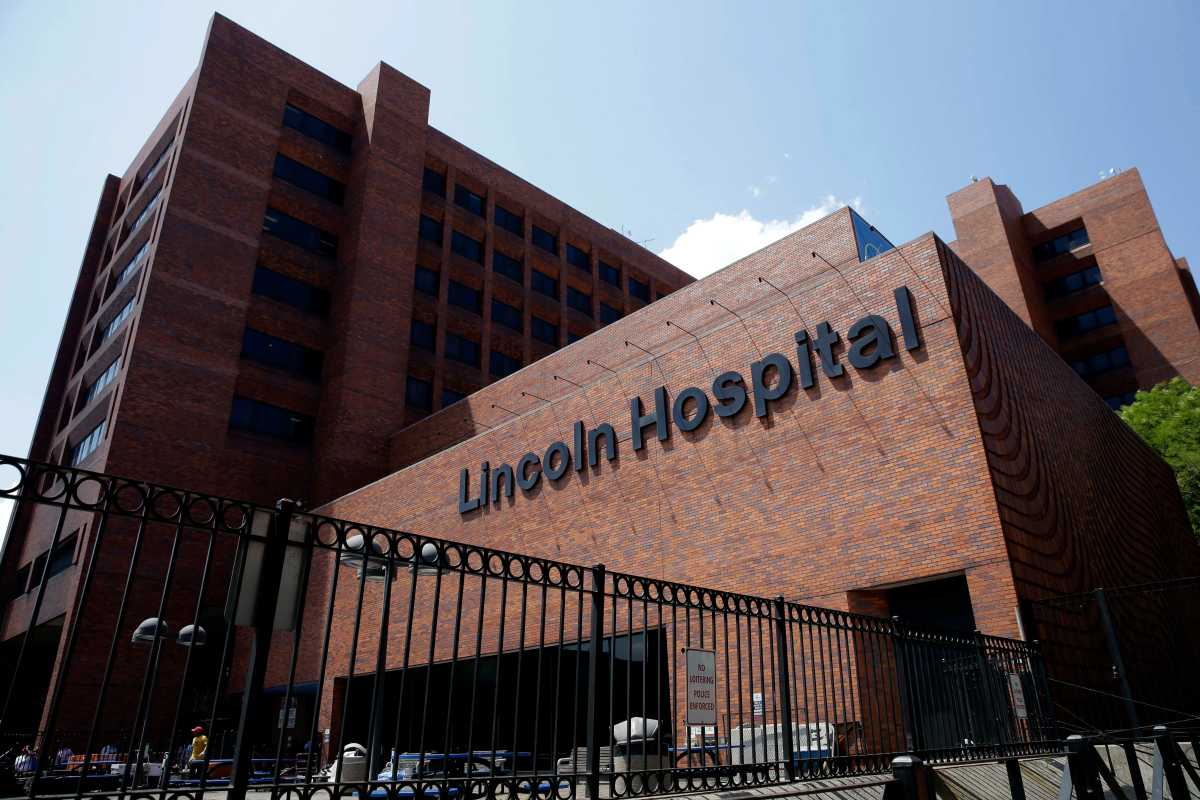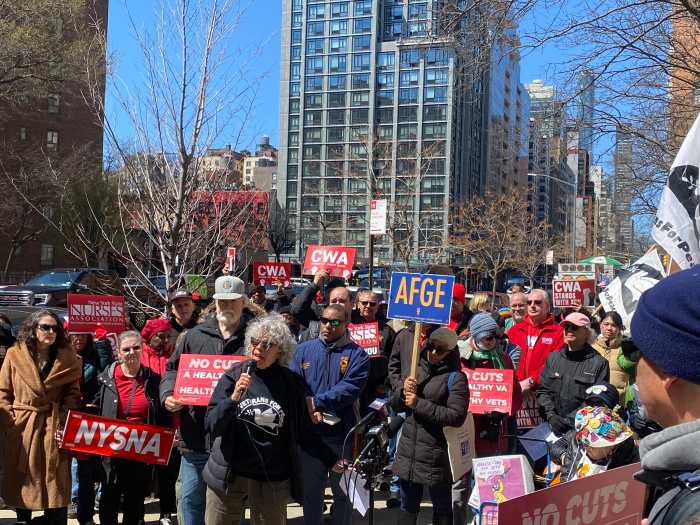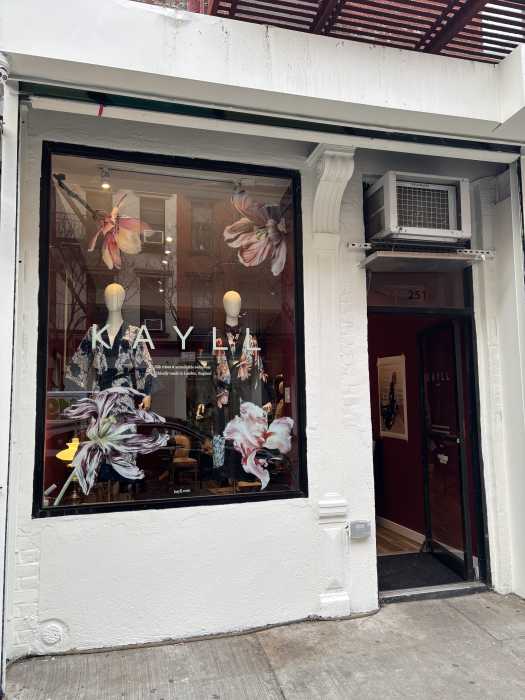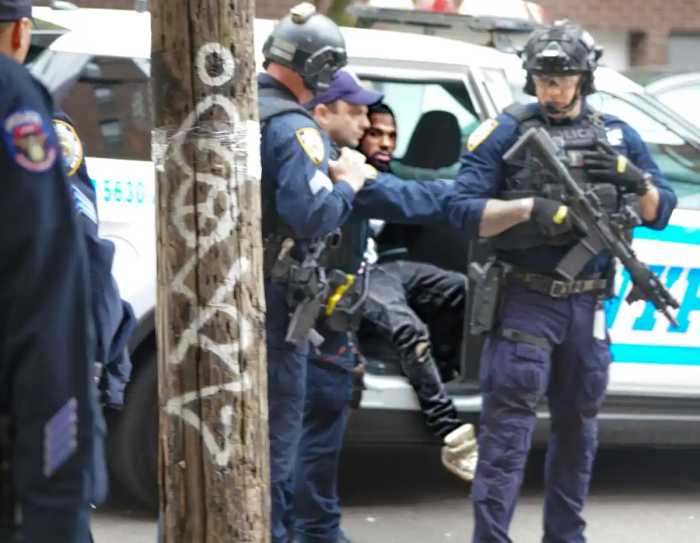BY RACHEL HOLLIDAY SMITH, THE CITY. This article was originally published on by THE CITY
The path’s been cleared for a huge burial — and rebuilding — of Manhattan’s East River Park.
New York Supreme Court Judge Melissa Crane on Thursday dismissed a lawsuit challenging the East Side Coastal Resiliency project, a multi-year effort to overhaul a stretch of the Lower East Side’s shore to protect the area from future flooding and storms.
The suit, brought by East River Park Action (ERPA), argued that the project should go through an extra layer of environmental review known as “parkland alienation” — a state process triggered when city park space is discontinued.
Part of the plan calls for East River Park to be buried and rebuilt eight feet higher.
“[ERPA] is saying that installing the flood protection system to flood the park is not park use,” said Trever Holland, an attorney and chair of Manhattan Community Board 3’s waterfront committee who watched the proceedings on Thursday.
Crane, however, ruled from the bench that the resiliency project won’t permanently alter the use of East River Park.
Closures will be staggered, and the park will be rebuilt and reopened after construction is complete. “The entire system is designed to protect the park, and to protect the neighborhood behind it,” Holland said.
Foes Predict ‘Dire’ Consequences
But Pat Arnow, a ERPA leader, said the consequences of the ruling are “dire for the park.” Without the alienation process, she fears the city will not be held to account to meet their own deadlines.
“The city says the project will be done in five years. There’s nothing to hold them to that schedule,” Arnow said in an email. “We think there’s little chance they can complete such a big, complicated project within that time.”
Tight deadlines, however, are a big part of why the project is moving ahead now. Much of the funding for the $1.45 billion project comes from post-Superstorm Sandy allocations made by the U.S Department of Housing and Urban Development, which must be spent by 2022.
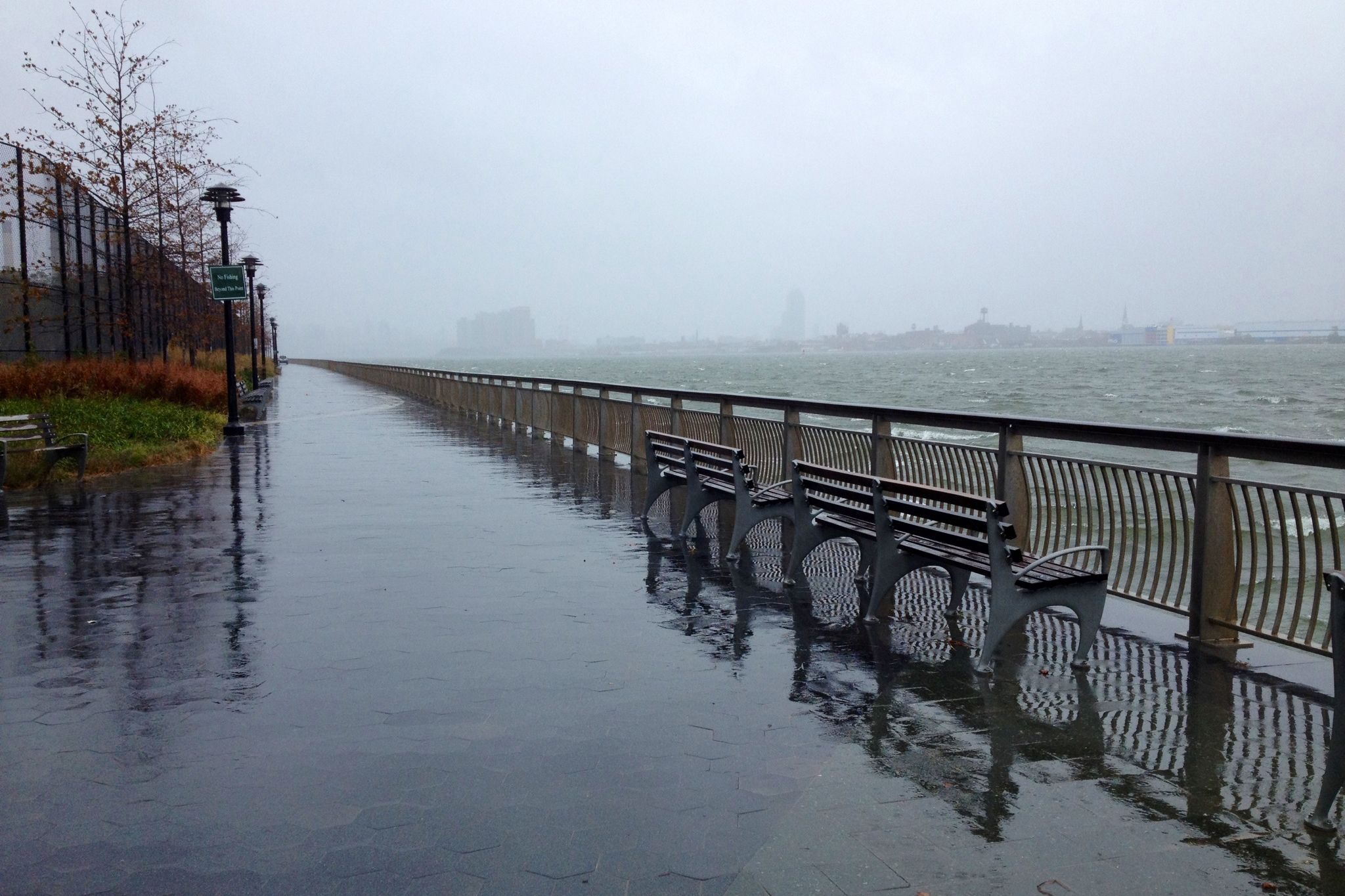 Chelsia Rose Marcius/DNAinfo
Chelsia Rose Marcius/DNAinfoAmy Chester of Rebuild By Design, the resiliency group that led the design competition from which the East Side project emerged, said other grantees across the country who also received Sandy-related federal dollars are applying for deadline extensions.
“But it’s very unclear if they’re going to get the extension from Congress,” she said. “If the lawsuit happened, it could have put the entire project in jeopardy.”
The first phase of construction is set to begin this fall, according to the timeline the city Department of Design and Construction most recently presented to the community board.
Plans call for rebuilding much of the bank of the East River from East 25th Street to Montgomery Street, raising the height of the shore and creating flood barriers as a measure against the effects of climate change: more extreme storms and flooding.
But Arnow said the neighborhood shouldn’t have to contend with construction in East River Park “in the midst of a pandemic when this crowded, low- and middle-income neighborhood needs the space for recreation and mental health.”
“Where else can we go for our mental and physical health at a social distance? Nowhere, not in this area,” she said.
THE CITY is an independent, nonprofit news outlet dedicated to hard-hitting reporting that serves the people of New York.



